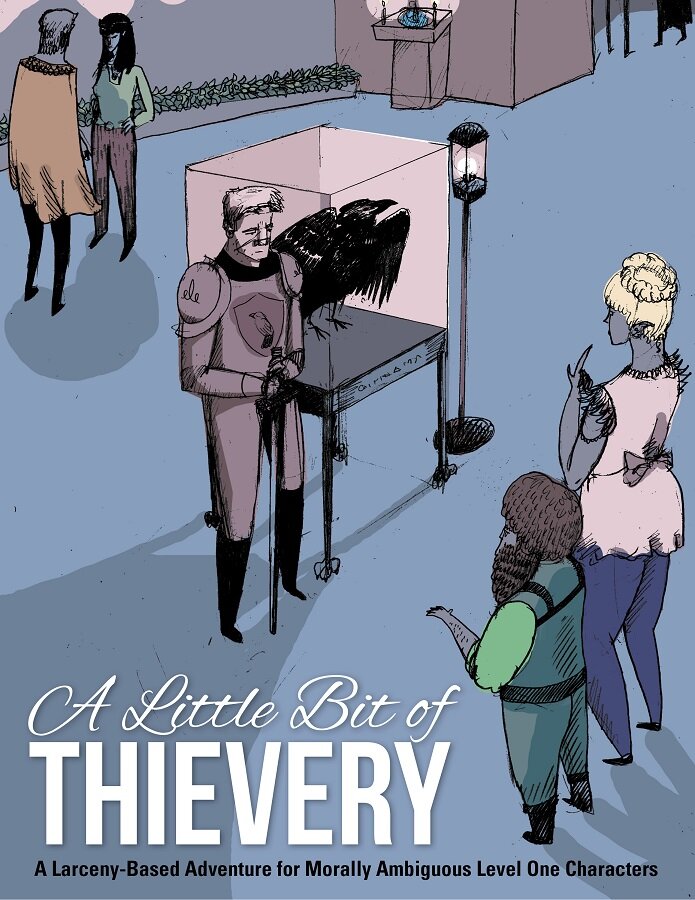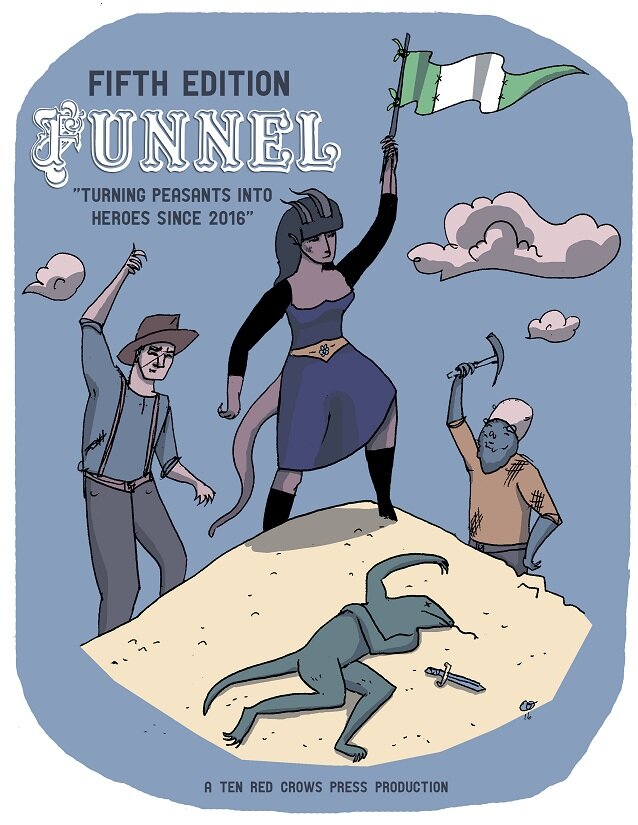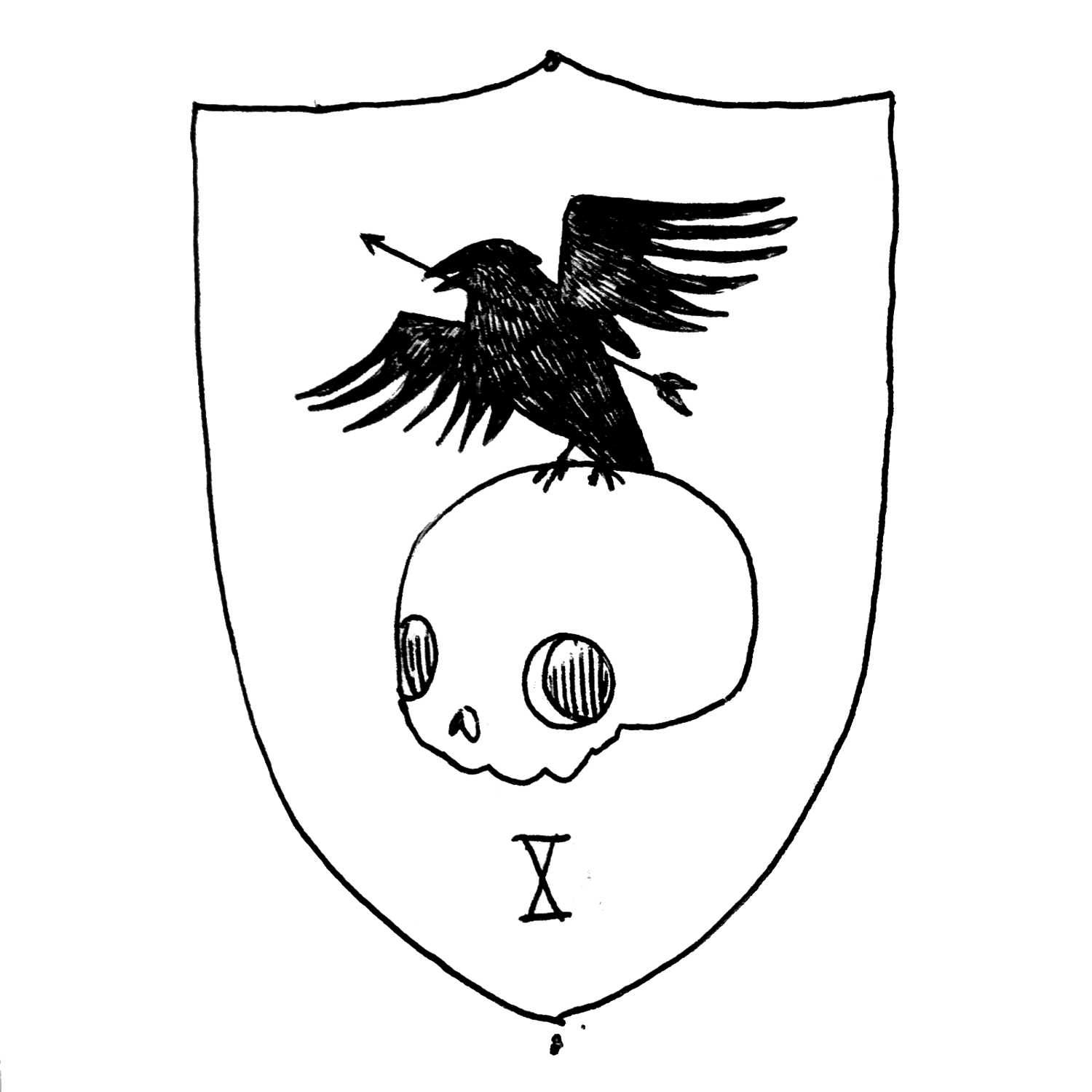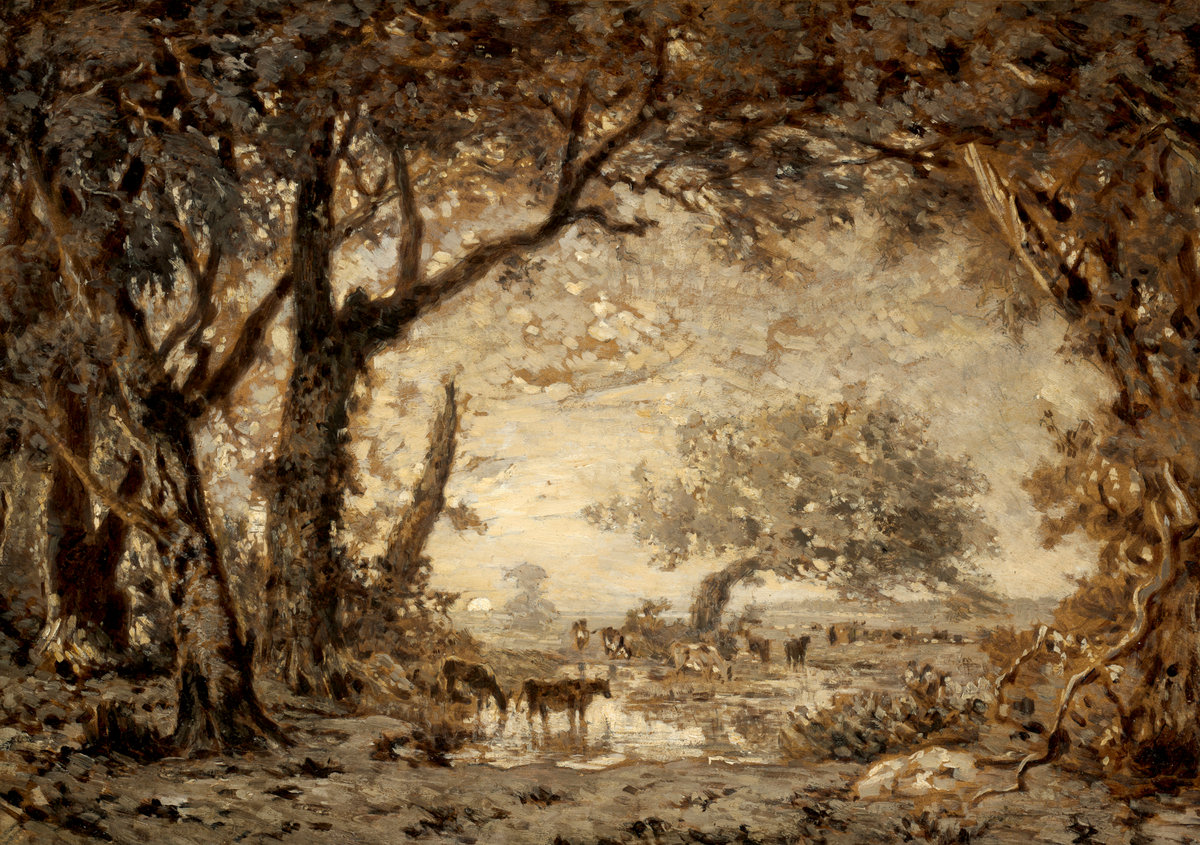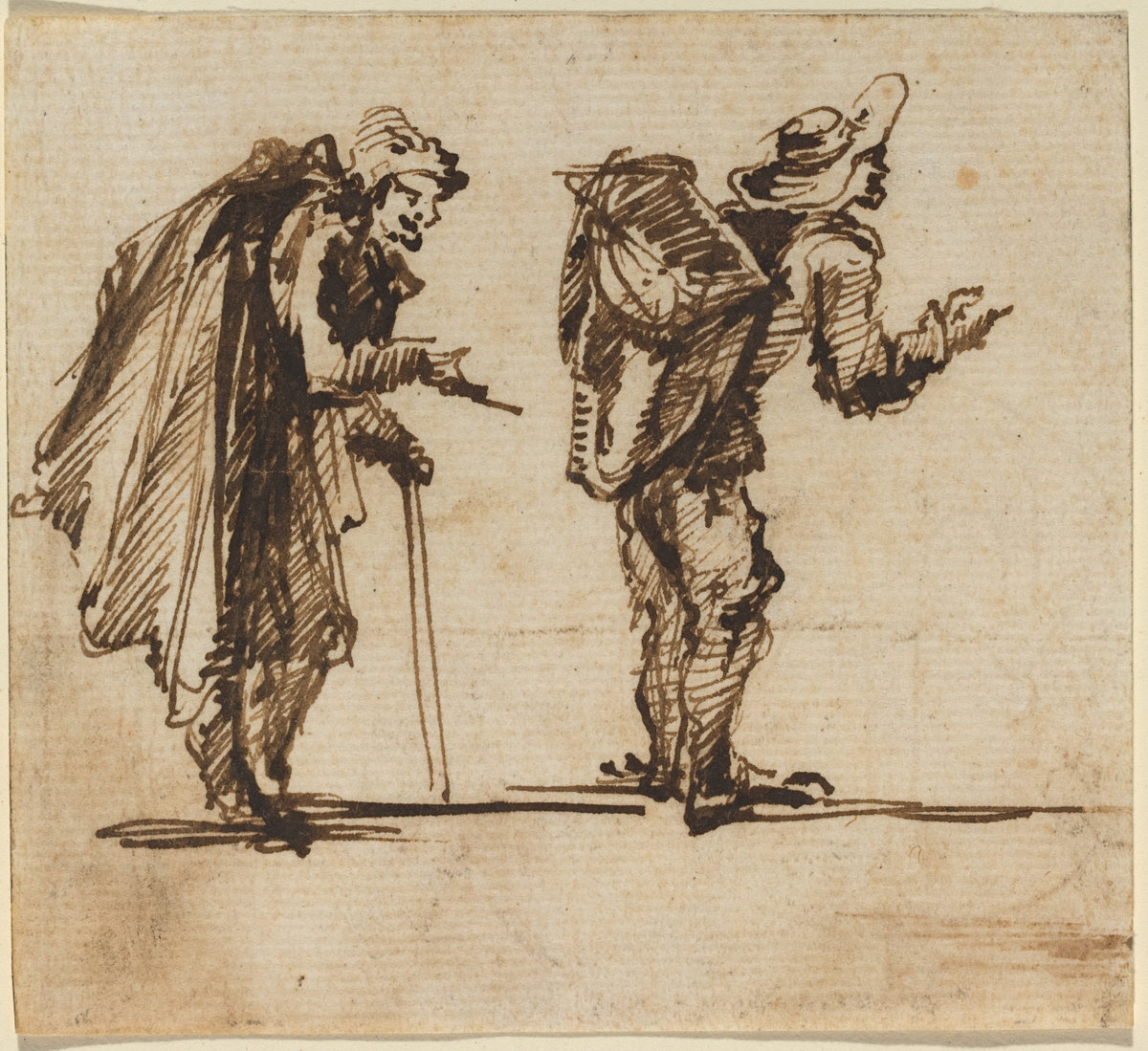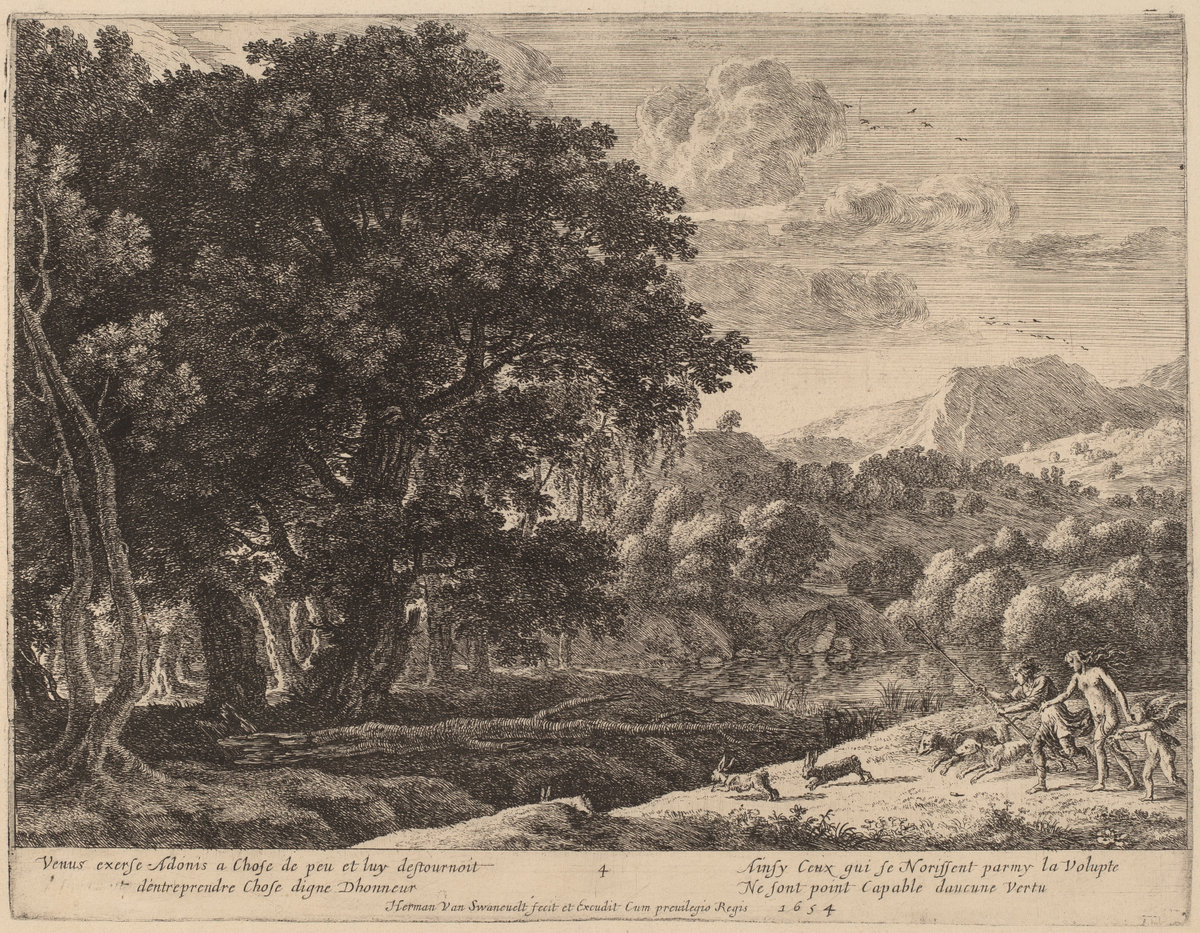West Marches II: Building in Partial Successes
I am trying to limit the prep work for my West Marches campaign, and I want to see if I can convert the overland adventuring method in Perilous Wilds from Dungeon World to 5e. The first problem is that Perilous Wilds uses the Dungeon World concept of a “partial success” which isn't really supported by 5e. Instead of eliminating the concept while converting the material, I want to keep partial successes. Let me show you why.
What is a partial success?
Let’s directly compare a the difference between a traditional skill check and a partial success. Imagine that Sontag the thief is searching for traps.
Under a traditional skill check, Sontag the thief either finds the trap or he doesn’t. Presumably, if the unfound trap actually guards something valuable, it will get an attack on whichever dopy fighter Sontag sends in first. So either Sontag finds the trap or there is the meaningful consequence of getting attacked. There are only two options supported by the mechanics in the game play.
Let’s convert that into a partial success, where the plucky thief succeeds with a cost. Sontag is searching for traps, and he partially succeeds. He finds it, but in doing so, he steps on a pressure plate and there’s a click. Sontag gets the feeling that lifts up his foot the trap is going to go off. He has certainly been put into a spot, but the meaningful consequence doesn’t occur. This is different, interesting, and drives the action forward.
The problem
The only official structure in 5e for partial successes is a half of page of examples on page 242 of the 5e DMG. The partial successes are invoked by DM Fiat, where the DM, as the sole adjudicator of the world, just decides what happens when your character rolls a 13 on a DC 14 check. This method sucks because this leads to unequal adjudication, there is no direct player input, and this can be taxing on the DM.
Solution
However, the structure that Dungeon World provides alleviates most of these problems by giving each player and the GM a structured set of moves (which are defined in Dungeon World on page 15 as “something that’ll cause everyone to stop and say ‘time to roll the dice to see what happens.’”)
Anytime there a player invokes a move they roll 2d6, add their relevant modifier and the results determine what happens. On a 10+ the character succeeds, on a 7-9, the character succeeds with a cost, and on a 6 or less they fail. Partial success are an almost negotiation between the DM and the player, often choices are given to both. Failures allow the DM to select from their own set of structured moves.
I did the math. This isn’t perfect, but this is a potential model for what the 2d6 system looks like when you convert it to the difficulty class system in D&D. Currently, this is completely untested.
If an adventurer rolls a 7 on a DC 10 check, they would get a partial success (however we define that), but they would need to roll a 15 in order to succeed without consequence. This is emulates a more DW style where partial success happens around 40-45% of the time, depending on the character's modifier.
However, the math is meaningless without structure. For the next post, let's see we can pull in parts from Dungeon World and Perilous Wilds and cobble something together.
